DEI is Shaping the Future of Fundraising

Attracting, nurturing, and retaining diverse talent is no longer optional—it’s essential for any nonprofit aiming to thrive.
Diverse perspectives strengthen teams, foster innovation, and unlock new opportunities to engage donors and build lasting support for your critical mission.
As donor engagement becomes more critical and demographics shift rapidly, nonprofits must adapt to stay relevant. The future of philanthropy will be driven by those who embrace diversity, equity, and inclusion (DEI) as a core strategy, not just a buzzword.
In this article, we’ll explore why DEI strategies help you leverage solutions and how you can foster inclusive philanthropic environments. We’ve also provided an exercise to help you reflect on your own efforts to build a diverse and equitable team.
Diverse, Young Voices Are the Future of Fundraising
Today’s nonprofits are navigating a complex and changing landscape, where the ability to connect with a broad spectrum of donors is more important than ever. To do this effectively, fundraising teams must reflect the diversity of the communities they serve.
Beyond that, diverse teams are proven to be smarter, more creative, and more effective at problem-solving. Bringing together individuals from different backgrounds—whether it’s race, gender, education, or life experience—results in more innovative thinking and better decision-making. In a field as dynamic as fundraising, where building relationships and inspiring action are key, these qualities allow organizations to reach new donors, cultivate deeper relationships, and ultimately, advance their missions in a more impactful way.
But, the challenge isn’t just finding diverse talent—it’s ensuring that the environment within your nonprofit encourages that talent to thrive.
Supporting diverse voices,
especially younger professionals, requires a commitment to mentorship, career development, and pathways for leadership. When organizations invest in these efforts, they position themselves for long-term success.
The Myth of the Pipeline Problem
“If we don’t bring in new minds, we won’t innovate.” –Tahsin Alam
One common misconception in the nonprofit sector is the so-called “pipeline problem,” the belief that there simply aren’t enough qualified diverse candidates for fundraising roles. But as Tahsin Alam, associate dean for advancement at the University of Washington, wisely put it: “If we don’t bring in new minds, we won’t innovate.”
The reality is that talent exists. The challenge lies in how and where we’re looking for it. Traditional recruitment methods often rely on networks that may not reach underrepresented groups and many organizations passively post job listings without actively utilizing recruiting resources that focus on building a diverse candidate pool. Posting a job is not the same as recruiting.
An effective solution is to create intentional pathways that bring diverse talent into the profession. One such approach is the Advancement Fellows Model, which helps develop young professionals while addressing current staffing needs.
Develop Tomorrow's Leaders with the Advancement Fellows Model
Implementing an Advancement Fellows Model is an excellent way to cultivate diverse, young talent. Develop your own program to provide students with hands-on experience in various advancement roles, professional development opportunities, and mentoring. Fellows participate in project-based learning, receive coaching from experts, and gain access to professional networks that support their career growth.
DEI Creates Stronger Connections with Donors
Not only will organizations that advance DEI benefit from stronger, more resilient teams, but they are more likely to form stronger connections with their donor base. Fundraisers who come from different backgrounds are better equipped to understand the diverse communities they serve and can tailor their outreach to resonate with a wider donor community.
One of my former colleagues,
Derreasha Jones, a passionate social justice advocate and former UCF Advancement Fellow, spoke about the importance of leaving UCF better than she found it by making sure its fundraising efforts reflected the diverse student body. Her work is a reminder that diverse voices within our teams lead to more authentic, meaningful engagement with donors who share our vision but may have felt overlooked in the past.
Read the full case study here: Growing the Next Generation of Fundraisers
As organizations, we cannot afford to rely on the same small group of donors or the same tired strategies.
If we want to grow, we must evolve. That evolution begins with who we’re attracting into the profession and how we’re supporting them.
From Awareness to Action
“DEI isn't just a program but a mindset in the organization from your core values, policies, and leadership style.” –Nicole Suydam
Awareness of the importance of DEI is no longer enough—it’s time to shift from awareness to action. The Association of Fundraising Professionals (AFP) has long championed the importance of Inclusion, Diversity, Equity, and Access (IDEA), but it’s clear that much work remains.
According to a 2021 AFP study, only 25% of fundraising professionals identified as non-white, despite the fact that 40% of the U.S. population is non-white. While this is an improvement from earlier years, it shows that the work of building inclusive teams has only just begun.
What does it take to move from awareness to action? I recently contributed to a Forbes Nonprofit Council article that focuses on how nonprofits can improve their DEI efforts. Here are a few key practices suggested by nonprofit leaders that can be applied to your organization:
- Commit to representation: James Dismond encourages organizations to audit their current team demographics and compare them to the community it serves. Next, develop a recruitment plan to augment underrepresented groups. This means not only hiring diverse talent but also supporting their growth and advancement within the organization.
- Invest in training and mentorship: Dr. Ara Baghdasarian explains that diverse teams need more than just inclusion in hiring—they need mentorship, sponsorship, and opportunities to advance. This means offering cultural competency training and ensuring that everyone has the support they need to succeed.
- Engage diverse stakeholders: At Philanthropy Innovators, we teach that DEI isn’t the responsibility of one person or department—it requires buy-in across the organization. Invite diverse voices to your planning and decision-making meetings to ensure representation at all levels of the organization.
- Routinely ask for feedback:
Nicole Suydam reminds us that “DEI isn't just a program but a mindset in the organization from your core values, policies and leadership style.” She suggests that organizations routinely ask for feedback from their team members and stakeholders by conducting surveys or holding listening sessions. DEI must become a mindset that is reflected in the organization's policies, core values, and leadership decisions.
An Exercise to Reflect on Your Own Network
The approaches mentioned above are easy to describe, but not always easy to put into action due to our own biases. That’s why any discussion around DEI must start with reflection on our own biases and relationships.
You can start by trying the simple exercise below, which is designed to help you think critically about the diversity of your own network and how it may influence your organization’s approach to talent and engagement.
Exercise: The Trusted 10
- Take a few minutes to list your top 10 closest relationships—people you would turn to for advice, support, or help in a crisis. These could be friends, family members, or colleagues.
- For each person, note the following attributes: gender, ethnicity, age, class, religion, sexual orientation, level of education, disability (yes or no), marital status, and lived experiences.
- Once you’ve filled in these details, take a step back and look at the results. What do they tell you about the diversity (or lack thereof) within your closest circle? Are there any patterns that stand out?
This exercise isn’t meant to criticize, but rather to bring awareness to how our own biases and relationships shape our perspectives.
After completing this exercise, reflect on how your organization's hiring or engagement strategies may need to change based on your findings. Share this exercise with your team to spark a broader discussion about DEI.
DEI is the Future of Philanthropy
The future of fundraising depends on our ability to cultivate and support diverse talent. By creating more inclusive environments and investing in young voices, we not only strengthen our teams but also deepen our connections with donors and communities.
As you reflect on your own team and practices, I encourage you to take innovative steps toward building a more inclusive, equitable future for philanthropy. The journey may be long, but it’s a necessary one—and the rewards will be well worth the effort.
Need support as you create more inclusive teams and nurture talent that will support the future of your mission?
Schedule a call
with us to get the conversation started.
Share this Story:



